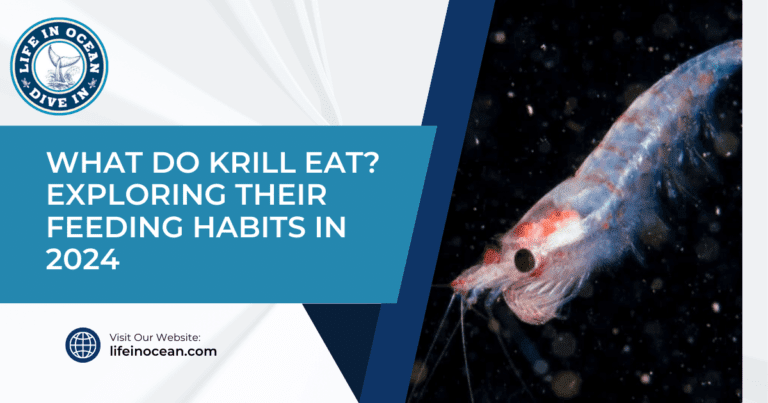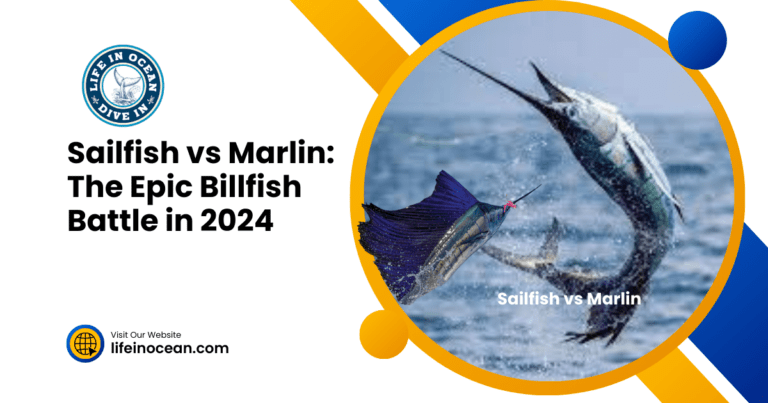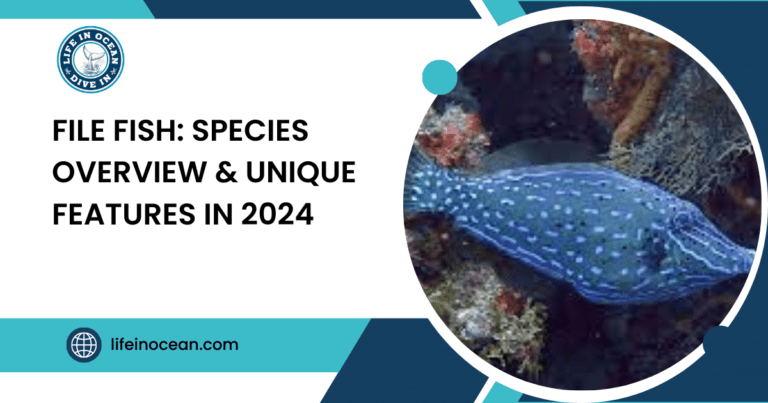Did you know that the jack crevalle, a fierce and powerful fish, can reach speeds of up to 40 miles per hour? I love fishing, and I always get excited when I catch jack crevalle because they are so strong and put up a good fight. Their relentless strength and impressive size make them a top prize for any angler seeking an exhilarating challenge. Join me as we dive into the world of jack crevalle fishing, exploring tips, techniques, and the best gear to enhance your chances of landing one of these prized trophies.
Table of Contents
Key Takeaways
- Understanding the behavior and habitat of jack crevalle can enhance your fishing experience and increase your chances of a successful catch.
- Exploring the culinary journey with jack crevalle opens up new possibilities for sustainable seafood choices and delicious recipes.
- Engaging with the human connections related to jack crevalle, such as conservation efforts or local fishing communities, can deepen your appreciation for this species.
- Consider visiting regions where jack crevalle are commonly found to witness their natural habitat and behavior firsthand.
- Experiment with different cooking techniques and recipes to fully enjoy the unique taste and texture of jack crevalle.
- Support sustainable fishing practices and conservation initiatives to ensure the preservation of jack crevalle populations for future generations.
Unveiling Jack Crevalle
Scientific Name
Caranx latus, commonly known as jack crevalle, is a species of saltwater fish found in the Atlantic Ocean. They belong to the horse mackerel family, Carangidae.
Synonyms
Jack crevalle is also referred to by various synonyms, such as common jack, atlantic caranx hippos, and eye jack. These names are used interchangeably, depending on the region.
Conservation Status
The conservation status of jack crevalle is currently listed as Least Concern by the International Union for Conservation of Nature (IUCN). Their population remains stable due to their widespread distribution and abundance in coastal waters.
When fishing for jack crevalle or similar species that are black in color and size, it’s essential to use strong tackle and gear due to their powerful predatory nature. Targeting them near reefs or shorelines can increase your chances of a successful catch.
Habitat and Distribution
Diverse Habitats
Jack crevalle, a species known for its adaptability, thrives in various habitats such as coral reefs, estuaries, and coastal waters. They are commonly found in warm waters.
The species is also distributed across a wide range, from the western Atlantic Ocean to the Gulf of Mexico. Jack crevalle and similar species can be spotted along the eastern coast of the United States.
Depth Habitation
Jack crevalle typically inhabits waters at moderate depths, ranging from 30 to 100 feet. Their presence is noticeable in both shallow and deeper waters, making them versatile predators.
In my experience fishing along the Florida coast, I have often encountered schools of jack crevalle hunting near the surface, showcasing their remarkable agility and speed.
Biology and Behavior

Reproductive Maturity
Male jack crevalle usually reach reproductive maturity at around 3 years old, while females mature slightly earlier at 2 years. This difference in maturation ages between the sexes is a common phenomenon in many fish species.
Female jack crevalle are known to produce a large number of eggs during the spawning season, which typically occurs year-round in warmer regions. Factors like water temperature, salinity levels, and lunar cycles affect how jack crevalles spawn.
Lifespan and Growth
The lifespan of the oldest known jack crevalle individual has been estimated to be around 26 years. These fish exhibit rapid growth rates during their early years, with most of the growth occurring within the first few years of life.
Studies have shown that jack crevalle primarily feed on a variety of small fish, crustaceans, and mollusks. Their diet plays a crucial role in their growth and development, with larger individuals consuming larger prey items.
Culinary Journey with Jack Crevalle
Culinary Uses
Jack crevalle, a marine fish, is not only popular among anglers but also valued for its culinary uses. Its firm flesh and mild flavor make it versatile in various dishes. From grilling to pan-searing, this fish offers a delightful dining experience.
Importance in Commercial Fisheries
In commercial fisheries, the annual catch range of jack crevalle varies significantly. With its abundance in saltwater environments, this species contributes to the livelihoods of many fishermen worldwide. The demand for jack crevalle has led to sustainable fishing practices to maintain its population.
Methods of Catching Jack Crevalle
As an important sport fish, jack crevalle is often targeted using different methods. Fishermen commonly use techniques such as casting lures or live bait to attract these large fish. Trolling and sight fishing are popular strategies for catching jack crevalle in both shallow and deep waters.
I remember my first encounter with jack crevalle while on a fishing trip with my family. The excitement of reeling in such a powerful and vibrant fish left a lasting impression on me.
Human Connections

Cultural Significance
Local communities have deep cultural connections with jack crevalle, considering it a vital part of their traditions. In some regions, these fish are believed to bring luck and prosperity to those who consume them.
Fishing for jack crevalle is not just a means of sustenance but also a ritualistic practice in many coastal communities. Catching and getting ready to cook jack crevalle fish usually involves special events and parties that celebrate the sea’s gifts.
Historical Relevance
Throughout history, individuals have revered jack crevalle for its role in sustaining coastal populations. Ancient civilizations along the coastlines relied on these fish as a primary food source, showcasing their importance in human survival.
In some cultures, jack crevalle is associated with specific rituals and ceremonies that commemorate the bond between humans and the sea. These traditions highlight the interconnectedness between families and nature’s bounty.
Summary
In exploring the world of Jack Crevalle, we’ve delved into its characteristics, habitats, behaviors, culinary possibilities, and human interactions. This journey has revealed a fascinating species that not only thrives in diverse environments but also plays a significant role in ecosystems and local communities. From its powerful swimming abilities to its delectable taste when prepared with the right recipes, Jack Crevalle offers a multifaceted experience for both nature enthusiasts and food lovers alike.

As we conclude this exploration, I encourage you to consider the impact of sustainable fishing practices on preserving marine biodiversity and supporting coastal livelihoods. Whether you’re an angler aiming to catch this challenging fish or a seafood enthusiast eager to savor its flavors, let’s remember the importance of responsible consumption and conservation efforts to ensure that Jack Crevalle continues to enrich our oceans and plates for generations to come.
Frequently Asked Questions
What is Jack Crevalle known for?
Jack Crevalle is known for his powerful fighting ability and aggressive behavior, making him a popular target for sport fishing enthusiasts.
Where can Jack Crevalle be found?
Jack Crevalle can be found in the warm coastal waters of the Atlantic Ocean, ranging from the east coast of the United States to Brazil.
How does Jack Crevalle contribute to its ecosystem?
As a predator, Jack Crevalle helps regulate prey populations, maintaining balance within the marine ecosystem.
Is Jack Crevalle suitable for culinary purposes?
While some enjoy the challenge of cooking Jack Crevalle due to its strong flavor, others find it less desirable compared to other fish species.
Are there any cultural or historical connections associated with Jack Crevalle?
In some regions, Jack Crevalle holds cultural significance as a game fish and has been part of traditional fishing practices for generations.







